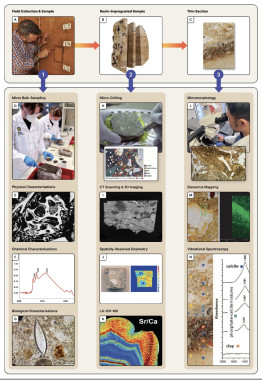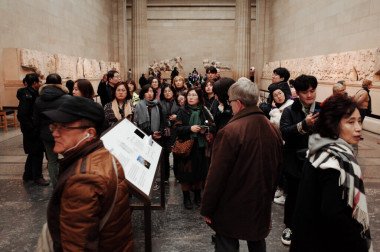Three killed while repairing ancient wall at Unesco world heritage site in Tunisia (www.theguardian.com)

This magazine is from a federated server and may be incomplete. Browse more on the original instance.



One of the hottest debates in archaeology is how and when humans first arrived in North America. Archaeologists have traditionally argued that people walked through an ice-free corridor that briefly opened between ice sheets an estimated 13,000 years ago....


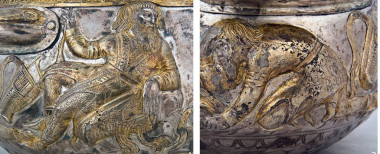

Ancient bricks inscribed with the names of Mesopotamian kings have yielded important insights into a mysterious anomaly in Earth’s magnetic field 3,000 years ago, according to a new study involving University College London researchers....


Hunting the now extinct straight-tusked elephant (Palaeoloxodon antiquus) was widespread among Neanderthals, concludes a research team consisting of members of Johannes Gutenberg University Mainz (JGU), the Leibniz-Zentrum für Archäologie (LEIZA), also based in Mainz, and Leiden University in the Netherlands. The study has...
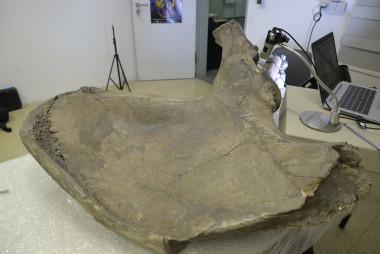


When did archery arise in the Americas? And what were the effects of this technology on society?...
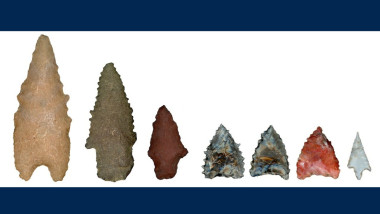
The Dordogne region of southern France is home to over 200 caves decorated with colorful Paleolithic art, but little is known about how old it is. Due to its coloration with iron- or manganese-oxide-based material, radiocarbon dating of the art has not been possible, and it has been generally thought to have been created during...


A multidisciplinary study has reconstructed the genomic history of the Balkan Peninsula during the first millennium of the common era, a time and place of profound demographic, cultural and linguistic change....
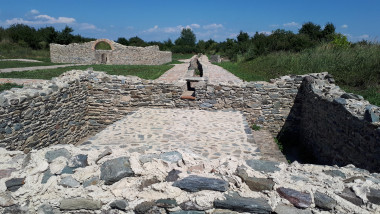
Preregistration is required....
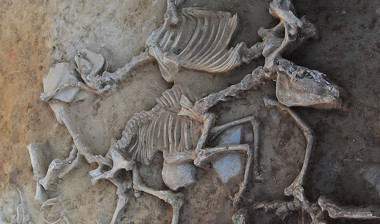
Until recently, archaeologists have mostly relied on what they can see at the sites of ancient ruins to unlock the secrets of the past. But lately, new methods have started to allow researchers to use other senses to explore these sites in different ways....
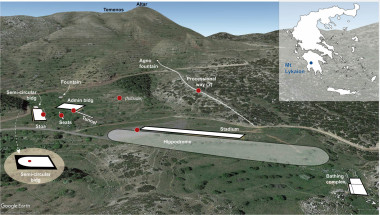
In 1934, workers in Germany discovered the double burial of a woman placed in a seated position with an infant between her legs. Because of the overabundance of grave goods surrounding the pair, archaeologists concluded that she was likely a shaman who died about 9,000 years ago, during the Mesolithic period. However, her true...

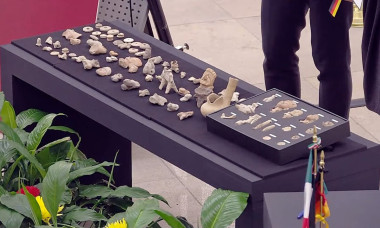
Scientists should seek answers hidden in the dirt using proven and state-of-the-art archaeological science techniques to support new discoveries about human evolution following recent controversies at a cave site in Africa, says a group of international experts....
